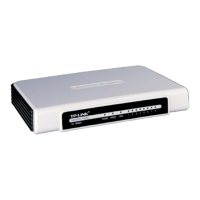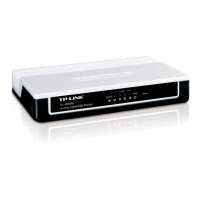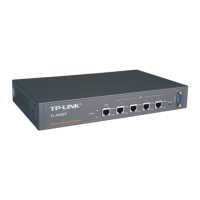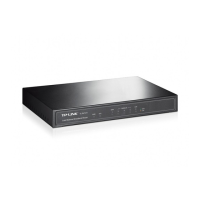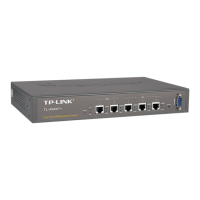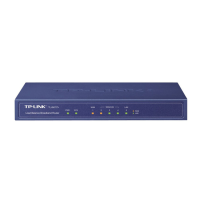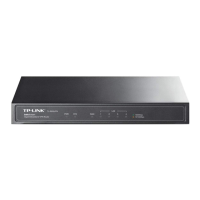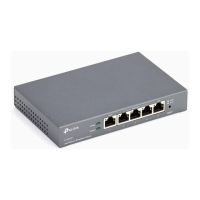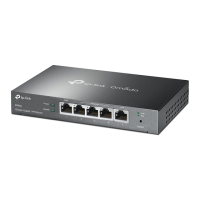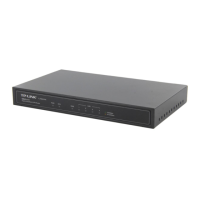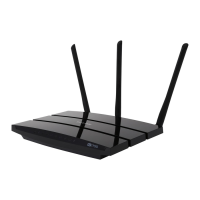IEEE 802.3, IEEE 802.3u, IEEE 802.11a, IEEE
802.11n, IEEE 802.11b, IEEE 802.11g, IEEE
802.1x, IEEE 802.11e, IEEE 802.11i, IEEE
802.11ac, TCP/IP, DHCP
● 802.11b - The 802.11b standard specifies a wireless networking at 11
Mbps using direct-sequence spread-spectrum (DSSS) technology and
operating in the unlicensed radio spectrum at 2.4GHz, and WEP encryption
for security. 802.11b networks are also referred to as Wi-Fi networks.
● 802.11g - specification for wireless networking at 54 Mbps using direct-
sequence spread-spectrum (DSSS) technology, using OFDM modulation
and operating in the unlicensed radio spectrum at 2.4GHz, and backward
compatibility with IEEE 802.11b devices, and WEP encryption for security.
● 802.11n - 802.11n builds upon previous 802.11 standards by adding MIMO
(multiple-input multiple-output). MIMO uses multiple transmitter and
receiver antennas to allow for increased data throughput via spatial
multiplexing and increased range by exploiting the spatial diversity,
perhaps through coding schemes like Alamouti coding. The Enhanced
Wireless Consortium (EWC) was formed to help accelerate the IEEE
802.11n development process and promote a technology specification for
interoperability of next-generation wireless local area networking (WLAN)
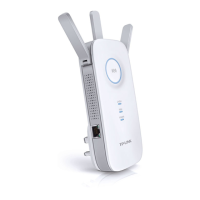
